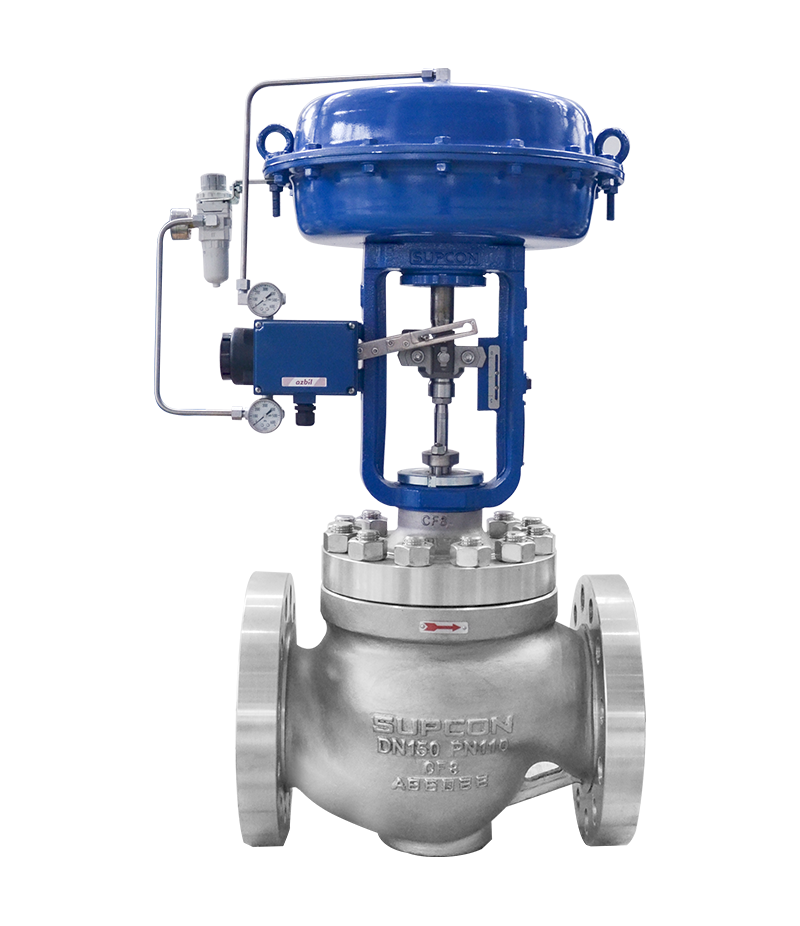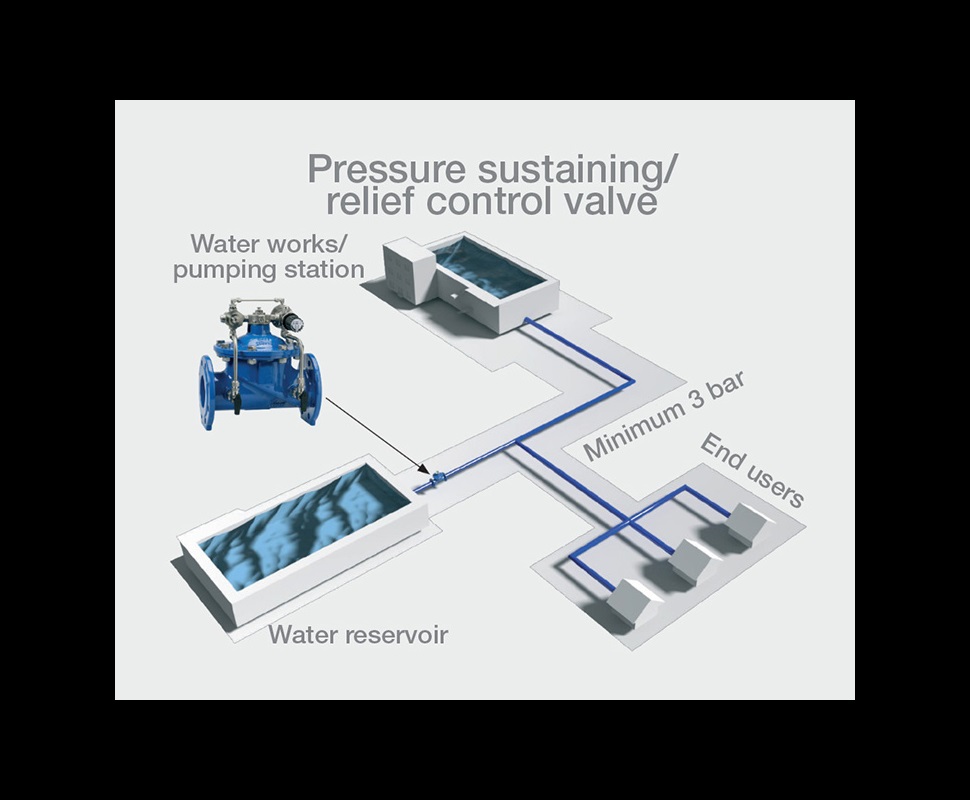
Maximize Energy Cost Savings and Comfort With Advanced Building Automation Controls
In the world of modern-day architecture and center management, the assimilation of advanced structure automation regulates stands as an essential development. By harnessing the power of automation, buildings can adapt, respond, and advance in ways that were as soon as unthinkable.
Power Performance Conveniences
Energy efficiency advantages can dramatically lower energy consumption and operational expenses in structures. By executing energy-efficient techniques and technologies, building proprietors and operators can accomplish considerable financial savings while also adding to ecological sustainability. Among the key advantages of enhancing power efficiency in buildings is the reduction of utility bills. Energy-efficient systems, such as innovative building automation controls, can enhance the usage of resources like air conditioning, lighting, and home heating, bring about lower energy expenses in time.
Moreover, boosted energy efficiency can lengthen the life expectancy of building tools and systems. By running more successfully, cooling and heating systems, lighting fixture, and other structure elements experience much less deterioration, resulting in minimized maintenance and substitute costs. Additionally, energy-efficient structures often regulate greater building worths and rental prices, supplying long-term economic advantages to owners.
Furthermore, energy performance can improve owner convenience and performance. Correctly managed indoor atmospheres with ideal lighting and thermal conditions produce an even more favorable and positive office, resulting in boosted staff member contentment and performance. In general, the power efficiency advantages related to innovative building automation controls are diverse, including price savings, environmental stewardship, and passenger health.
Enhanced Comfort Control
Enhancing comfort control in building atmospheres needs an advanced integration of advanced automation systems for optimal occupant well-being. By making use of innovative structure automation controls, centers can customize the interior environment to meet the details demands and preferences of occupants. control valves.
By integrating these sophisticated controls, buildings can not just enhance comfort yet also enhance power efficiency by enhancing system procedures based on actual occupancy and use patterns. Eventually, focusing on resident convenience through sophisticated automation systems leads to a more satisfying and much healthier indoor atmosphere.
Functional Efficiency Improvements

Moreover, the execution of real-time tracking and analytics devices allows structure drivers to determine power inadequacies and functional abnormalities without delay. By continuously checking energy usage patterns and system efficiency metrics, adjustments can be made in real-time to enhance power consumption and guarantee peak functional performance. control valves. Additionally, integrating need response techniques into structure automation controls can better enhance operational effectiveness by dynamically changing power use based upon grid conditions and pricing signals
Indoor Climate Optimization
Effective interior climate optimization is an essential element of structure automation controls, making sure residents' convenience and health while taking full advantage of power financial savings. By using sophisticated sensing units and controls, developing automation systems can constantly monitor and readjust temperature level, moisture degrees, air high quality, and air flow to create an ideal interior environment. Preserving comfy and constant conditions not only enhances passenger satisfaction but additionally enhances performance and general wellness.
Indoor climate optimization also plays an important role in energy effectiveness. By fine-tuning air flow, air conditioning, and home heating systems based upon real-time data and tenancy patterns, constructing automation controls can dramatically minimize power intake - control valves. Implementing approaches such as demand-controlled ventilation and thermal zoning can help decrease energy waste why not look here while ensuring that each area of the structure gets the necessary conditioning.

Sustainable Environment Production
Structure automation manages not just enhance indoor climate conditions for power performance and occupant comfort yet additionally lay the structure for producing a sustainable atmosphere with tactical management of resources and systems. By integrating advanced building automation technologies, such as sensing units, actuators, and smart software application, facilities can monitor and readjust energy use in real-time to reduce waste and reduce their carbon footprint. These systems make it possible for anticipating maintenance, recognizing prospective issues prior to they rise and enhancing equipment performance to enhance long life and efficiency.
Additionally, lasting setting development extends past power management to include water preservation, waste reduction, and interior air high quality renovation. Structure automation controls can regulate water use, spot leakages, and make sure proper garbage disposal practices, adding to overall sustainability initiatives. Additionally, by monitoring and managing air flow and click for source filtration systems, these modern technologies enhance passenger health and efficiency while lowering energy usage connected with cooling and heating operations.
Verdict
Finally, advanced structure automation regulates offer substantial benefits in terms of energy cost savings, convenience control, operational effectiveness, interior climate optimization, and creating a lasting setting. By executing these controls, structures can attain optimal performance while minimizing power intake and click for source improving passenger convenience. It appears that making use of sophisticated automation modern technology is important in boosting building performance and producing a much more lasting future.
Power performance benefits can dramatically decrease power usage and operational costs in buildings. Generally, the power effectiveness advantages linked with innovative structure automation controls are multifaceted, including cost savings, environmental stewardship, and resident health.
In addition, including need reaction approaches right into building automation controls can further boost functional efficiency by dynamically readjusting energy use based on grid problems and pricing signals.
Structure automation regulates not just enhance interior climate conditions for power effectiveness and passenger comfort but also lay the structure for producing a sustainable setting with calculated management of resources and systems.In conclusion, advanced structure automation manages offer significant advantages in terms of energy savings, comfort control, functional efficiency, indoor climate optimization, and developing a lasting atmosphere.